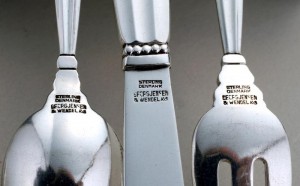Did you recently inherit a box of forks, spoons and knives?
Or are you tired of polishing up your serving platters when you never use them in the first place?
Using real silverware at the table has become a dated practice of the past, and most people don’t have the 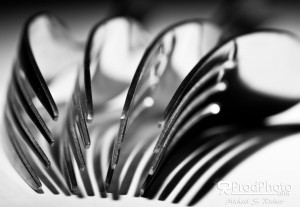 time (or space) to keep an arsenal of polished pieces.
time (or space) to keep an arsenal of polished pieces.
But because of the high content of silver in flatware, you could have a pretty penny on your hands–and a way to give them a break from polishing.
A single fork, spoon or knife usually values between $5-$10 a piece, regardless of the condition. And a full set can run anywhere from $500-$2000.
While most precious metal items are difficult to assay without proper testing tools and training, silverware just takes a little knowledge and a good eye.
What is Silverware?
Silverware is a generic term used to describe eating tools in the Western Hemisphere. It can be forks, spoons, knives, ladles, candlesticks, pitchers, platters, bowls or cups.
Basically, anything that you’d use to entertain the President at a fancy dinner is considered silverware.
But just because you call it silverware doesn’t always mean that what you have is real silver. Flatware can come in a variety of materials, such as base metal, stainless steel, silver-plated metal or even wood.
Real silver flatware is typically sterling silver, or 92.5% with 7.5% of a base metal, like copper.
So how do you know if what you have is real, sterling silver?
Here are 2 easy steps you can take at home to find out if your silverware is real.
1. Look for the Marking Sterling Silver
Sterling silverware made in the USA after roughly the 1850s always has a marking: either Sterling or 925. If your silverware does not have this marking, it’s most likely not real silver.
You can find this marking on the bottom of platters, candlesticks, cups and bowls. With forks, knives and 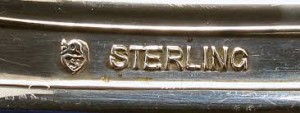 spoons, you’ll see this marking on the back of the handle.
spoons, you’ll see this marking on the back of the handle.
International Silver, Silver Co., English Silver, German Silver, Silver-Plate, Silver-Plated or any other variation of the word silver indicates that the flatware is not real silver. These are just company hallmarks.
2. Look for Foreign Hallmarks
If it’s possible your flatware was made in a country outside of the US, your flatware will have other hallmarks that indicate sterling silver. They will look like stamped icons on your flatware.
There are hundreds of hallmarks you would have to learn to know them all, but the most common are below:
Lion Passant (lion walking forward) – This is a standard English marking that indicates sterling silver.
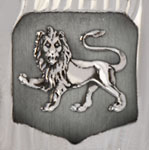
Lion Passant | Anchor | G – This is a marking used by Gorham Silver and indicates sterling silver.
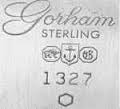
EPNS – This stands for ElectroPlate Nickel Silver and is not real silver. Any symbols that contain an E and P stand for Electroplate.
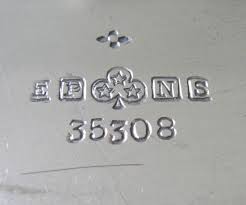
925/800/Coin – You may see 925, 800, or Coin marked on your flatware, either within a circle or written out. These may indicate sterling silver (925), 80% silver (800) and 90% silver (coin); however, occasionally this turn out to not be real silver so additional testing will be needed.
